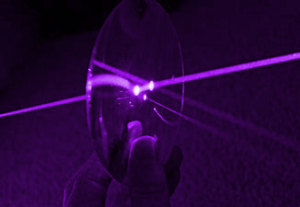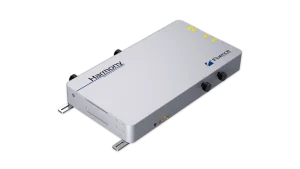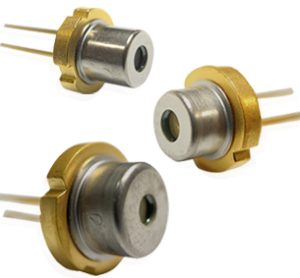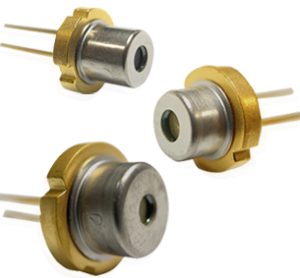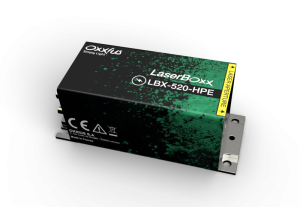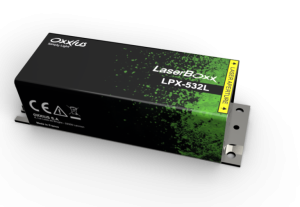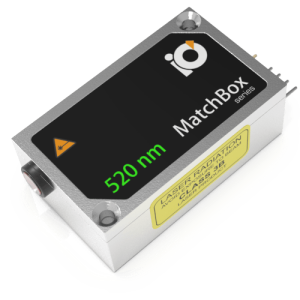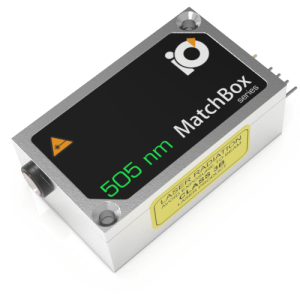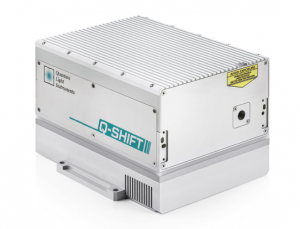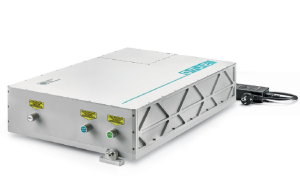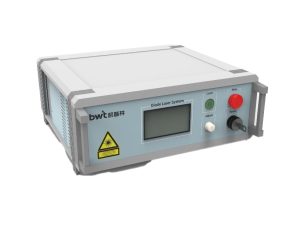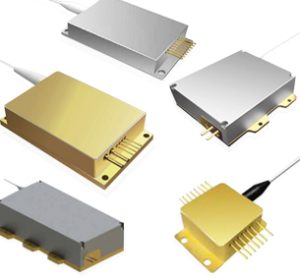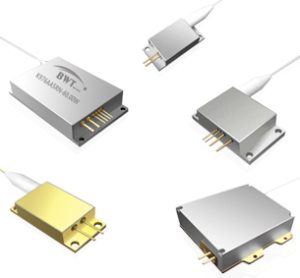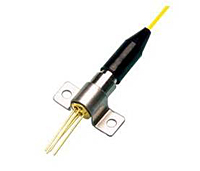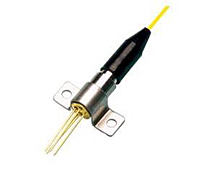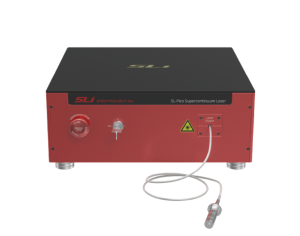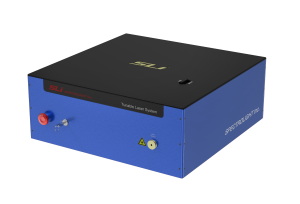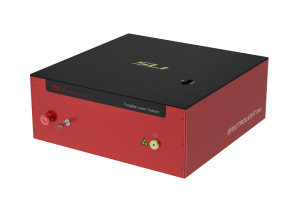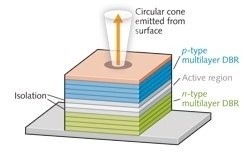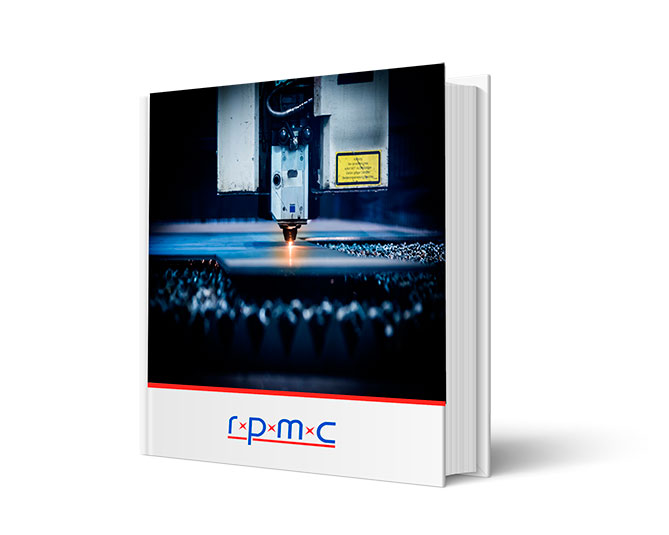RPMC’s selection of violet lasers offers precision and versatility across scientific, medical, and industrial fields. Spanning wavelengths from 390 to 419nm and with power options up to 3.5W, these lasers are designed to enhance clarity and resolution in fluorescence-based applications, laser scanning microscopy, and microprocessing. With configurations available in single-mode, multimode, free-space, and fiber-coupled outputs, our violet lasers integrate seamlessly into diverse systems. Whether for bioimaging, cellular analysis, or high-contrast imaging, RPMC’s violet lasers provide reliable and application-focused solutions, backed by expert support and customization options to meet unique needs.
Learn More About Violet Lasers
Violet laser wavelengths are much shorter than green and red wavelengths. Some benefits of using these shorter wavelengths include focusing the beam down to a smaller minimum spot size and higher absorption rates in many materials. Since the minimum focused spot size of a laser beam is limited by its wavelength, the shorter the wavelength is, the more tightly focused your spot size can be at your target, sample, or workpiece. Smaller spot sizes are beneficial when wanting to machine microscopic features. For example, in data storage, the blue or violet beam (think Blu-Ray) allows for a substantially higher data density when compared to older optical data technologies like CDs, which utilize a red beam with a larger minimum focused spot size. Another example would be in imaging applications or surface roughness measurements, where a shorter wavelength, and therefore, a smaller spot size, allows for higher resolution measurements. With the increased absorption rates of violet lasers in various materials, more of the energy can be utilized for the application, increasing efficiency.
Often, violet and blue laser designations are used interchangeably, as the separation between UV (ultraviolet) and blue wavelengths is so narrow that it can be difficult to discern the slight visual difference. To give an example, lasers emitting at 405 nm are quite often referred to as blue wavelength lasers, whereas RPMC defines this specific wavelength as belonging to the violet spectral region. It really depends on which website you are viewing and how they decide to define particular wavelength ranges, especially around this portion of the electromagnetic spectrum. The critical takeaway here is it doesn’t really matter what color classification is applied, as long as the actual wavelength matches your specific application requirements.
Let Us Help
With 1000s of fielded units, and over 25 years of experience, providing OEMs, contract manufacturers, and researchers with the best laser solution for their application, our expert team is ready to help! Working with RPMC ensures you are getting trusted advice from our knowledgeable and technical staff on a wide range of laser products. RPMC and our manufacturers are willing and able to provide custom solutions for your unique application.
If you have any questions, or if you would like some assistance please contact us. Furthermore, you can email us at info@rpmclasers.com to talk to a knowledgeable Product Manager.
Check out our Online Store: This page contains In-Stock products and an ever-changing assortment of various types of new lasers at marked-down/discount prices.
We’re experts at helping select the right configuration for you!



 SHIPS TODAY
SHIPS TODAY 